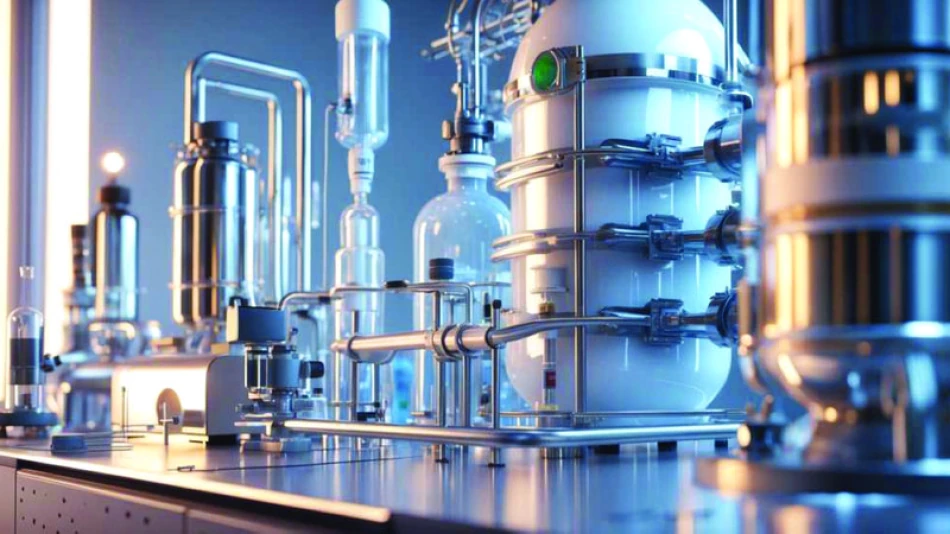
Khalifa University Researchers Develop Smart Catalysts for Sustainable Hydrogen Production from Oil
UAE Scientists Crack the Code for Clean Hydrogen Production from Bio-Oil
Researchers at Khalifa University, collaborating with Johns Hopkins University, have developed breakthrough smart catalysts that convert bio-oil into hydrogen without pollution or degradation. Using advanced computational modeling, the team identified specific bi-metallic and tri-metallic catalyst combinations that could revolutionize clean energy production by solving long-standing problems in hydrogen generation, including carbon buildup, instability, and low selectivity.
Computational Design Replaces Trial-and-Error Approach
The research team examined 26 potential metal dopants to find combinations that meet stringent requirements for efficient hydrogen production. Published in Nature Communications, their findings demonstrate how computational design tools can understand complex catalyst behaviors without the slow, expensive process of traditional synthesis methods.
This approach represents a significant shift in materials science, where researchers can now predict catalyst performance before physical testing. The computational modeling simulated the behavior of single-atom alloys made from nickel, allowing scientists to identify optimal metal combinations with unprecedented precision.
Copper and Nickel Emerge as Star Performers
Superior Hydrogen Production Capabilities
Among the candidate materials that passed initial screening, copper and nickel showed particularly promising results. These metals demonstrated robust hydrogen production while exhibiting low tendencies to produce problematic carbon deposits that typically plague hydrogen generation processes.
The breakthrough addresses three critical challenges that have hindered commercial hydrogen production: carbon accumulation that clogs catalysts, structural instability that reduces catalyst lifespan, and poor selectivity that wastes valuable bio-oil feedstock.
Tri-Metallic Systems Push Performance Further
The team expanded their research to explore tri-metallic systems, adding a third metal to leverage synergistic interactions between co-dopants. This innovation produces catalysts with precisely tuned surface energy, enhanced hydrogen binding capacity, and superior resistance to carbon deposits.
Market Implications for Clean Energy Transition
This development arrives at a crucial moment for the global hydrogen economy. With governments worldwide committing billions to hydrogen infrastructure, efficient production methods are essential for economic viability. The UAE's National Hydrogen Strategy aims to capture 25% of key international markets by 2031, making such technological breakthroughs strategically important.
Unlike electrolysis-based hydrogen production that requires significant electricity inputs, bio-oil conversion offers a pathway to utilize organic waste streams. This could prove particularly valuable in regions with abundant agricultural or forestry residues but limited renewable electricity capacity.
Competitive Advantage in Global Hydrogen Race
The research positions the UAE alongside leading hydrogen technology developers like Japan's industrial giants and European research consortiums. While countries like Germany focus on large-scale electrolysis and Japan pursues ammonia-based hydrogen transport, the UAE's emphasis on bio-oil conversion catalysts could capture a distinct market segment.
The computational approach also offers faster development cycles compared to traditional catalyst research, potentially allowing rapid scaling and commercialization. This speed advantage could prove decisive in capturing early market share as hydrogen demand accelerates through the 2020s.
For investors and energy companies, this breakthrough suggests that bio-oil-to-hydrogen conversion may become commercially viable sooner than previously anticipated, opening new opportunities in waste-to-energy sectors and distributed hydrogen production systems.
 Sara Khaled
Sara Khaled







